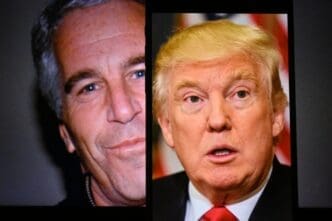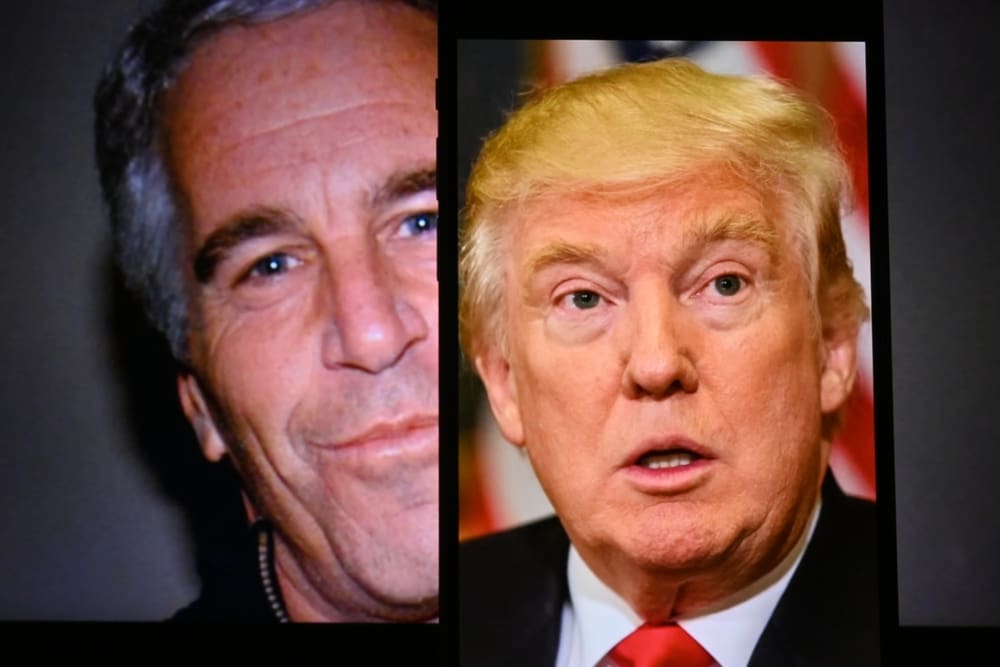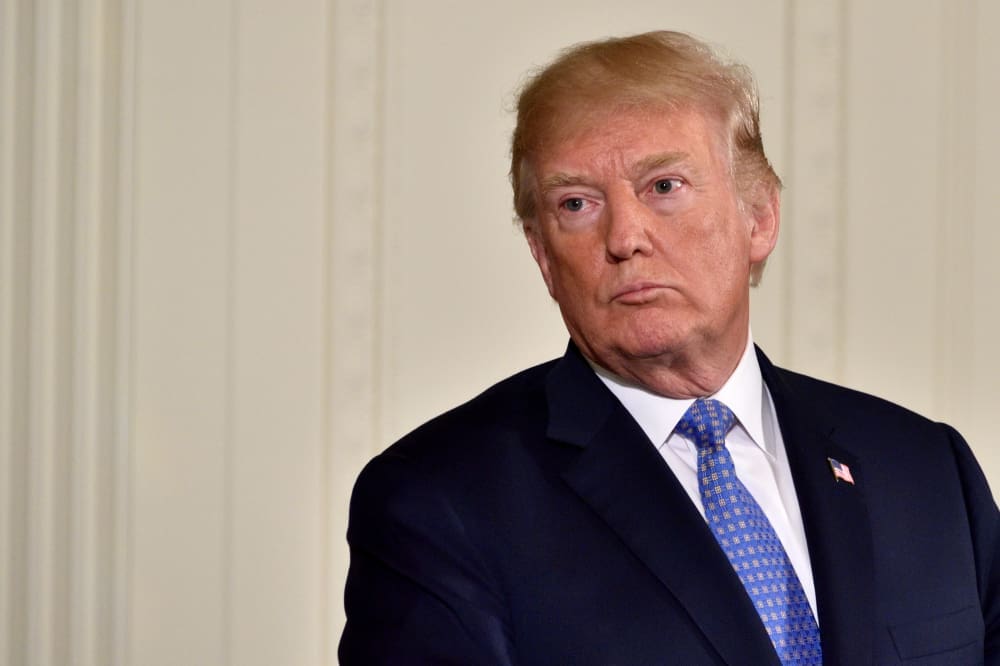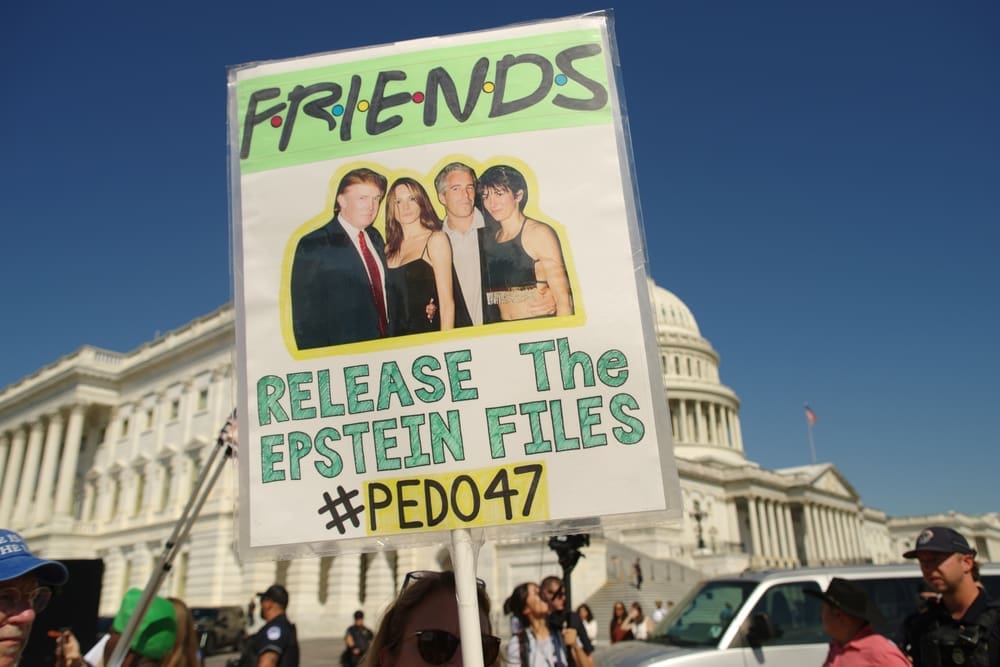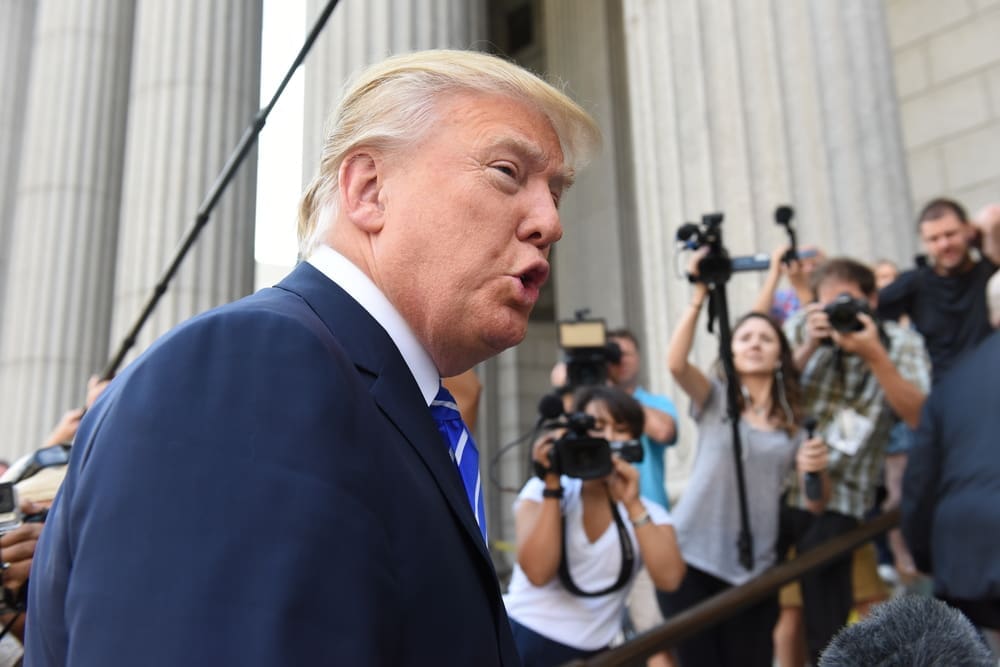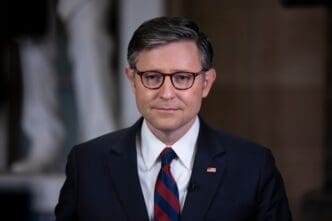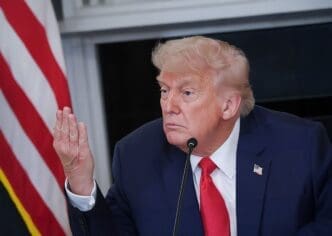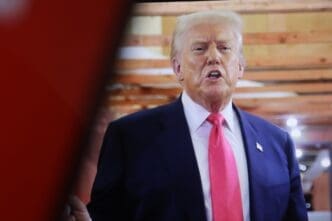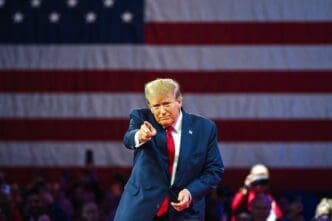Executive Summary
- The House Oversight Committee obtained a “birthday book” containing a lewd letter allegedly from Donald Trump to Jeffrey Epstein, further complicating Trump’s denials of authorship.
- Despite Trump’s claims of never drawing, evidence shows he created and donated signed doodles to charity around the same period as the alleged 2003 letter.
- While Trump’s allies dispute the signature on the letter, numerous examples exist of Trump using a similar “loopier” first-name signature style, particularly for personal correspondence, which supports its legitimacy.
The Story So Far
- Donald Trump has consistently and vehemently denied writing a lewd birthday letter to disgraced financier Jeffrey Epstein two decades ago, even suing a newspaper over initial reports and claiming the drawing and signature were not his. This denial has been a central point of contention, particularly given the letter’s origin from Epstein’s estate. However, these assertions have been repeatedly challenged by evidence, including Trump’s history of making similar drawings and using a “loopier” signature style in personal correspondence during the period, providing crucial context for the ongoing scrutiny of the newly obtained document.
Why This Matters
- The House Oversight Committee’s acquisition of a “birthday book” containing a lewd letter allegedly from Donald Trump to Jeffrey Epstein directly challenges Trump’s long-standing denials about its authenticity, potentially undermining his credibility. This new evidence, which includes details consistent with past reports and examples of Trump’s drawing and signature styles, could reignite intense public and political scrutiny of his past relationship with the disgraced financier, adding a new dimension to ongoing discussions.
Who Thinks What?
- Donald Trump and his allies deny the authenticity of the alleged birthday letter to Jeffrey Epstein, asserting that Trump did not write the letter, create the drawing, or sign it, claiming it is “FAKE” or a forgery and that the signature does not resemble his official autograph.
- Evidence, including the letter’s origin from Jeffrey Epstein’s estate, its alignment with earlier descriptions, and historical examples of Donald Trump’s drawing and various signature styles, contradicts Trump’s denials and supports the letter’s legitimacy.
Donald Trump’s previous denials regarding a lewd birthday letter allegedly sent to disgraced financier Jeffrey Epstein two decades ago have reportedly suffered another significant setback. The House Oversight Committee recently obtained a copy of a “birthday book” containing the letter, which aligns with earlier descriptions and further complicates Trump’s assertions that he did not author the correspondence.
Details of the Letter and Its Origin
The document, which is a page long, reportedly features a silhouette of a woman’s body with an imagined conversation between Trump and Epstein drawn inside. Beneath this illustration, a signature line displays Trump’s name, with a cursive “Donald” positioned in an area designed to resemble a woman’s pubic region, according to reports.
Crucially, the letter originated from Epstein’s estate, suggesting it was part of his personal possessions for an extended period. This detail challenges the notion that the letter could have been a recent fabrication planted to discredit Trump.
Trump’s Initial Denials and Lawsuit
Trump had previously vehemently denied writing the letter, labeling it a “FAKE” and even suing the Wall Street Journal over its initial report on the matter. He suggested that someone else might have written it and forged his signature.
Several allies supported his denial, with Vice President JD Vance reportedly calling the Journal’s initial report “complete and utter bullshit.” However, these denials were quickly questioned at the time.
Contradictions on Drawing Claims
Part of Trump’s defense rested on his assertion that it was not in his character to create such a drawing. He was quoted saying, “I never wrote a picture in my life” and “I don’t draw pictures.”
Despite these claims, evidence emerged of Trump having created doodles around the same period. Reports indicated that Trump annually donated an autographed doodle to charity, and a charity director confirmed he provided two signed drawings in 2004, the year after the alleged 2003 birthday letter.
The Signature Controversy
Following the public release of the letter on Monday, the White House and prominent Trump allies quickly disputed the authenticity of the signature. They argued it did not resemble Trump’s official autograph, with White House deputy chief of staff Taylor Budowich stating on X, “Time for [newscorp] to open that checkbook, it’s not his signature. DEFAMATION!”
Pro-Trump influencers, including Benny Johnson and Charlie Kirk, echoed these sentiments, questioning the signature’s legitimacy. White House press secretary Karoline Leavitt also alluded to this claim, stating, “As I have said all along, it’s very clear President Trump did not draw this picture, and he did not sign it.”
Evidence of Similar Signatures
However, while Trump’s official signature often appears more angular, numerous examples exist of him using a loopier style for his first name during the period in question. This style, often followed by a long tail from the final “d,” can be seen in various personal correspondences.
Examples include a 1996 letter to then-New York Mayor Rudy Giuliani, a 1995 letter to a Palm Beach commission member, and a 1999 letter to former CNN host Larry King. Further instances include a 1984 letter to New York Times executive editor A.M. Rosenthal, a 2014 letter received by former MSNBC host Keith Olbermann, and a 1997 inscription in a book owned by Epstein himself.
This pattern suggests that Trump frequently adopted this more personal signing style, particularly when signing only his first name. Consequently, the signature on the Epstein letter appears to support its legitimacy, despite continued denials from Trump’s allies.
The House Oversight Committee’s acquisition of the “birthday book” containing the alleged letter to Jeffrey Epstein has intensified scrutiny on Donald Trump’s previous denials. The consistent reporting of the letter’s details, coupled with historical examples of Trump’s drawing and signature styles, collectively challenge the former president’s claims, adding a new dimension to the ongoing discussion surrounding his past relationship with Epstein.

